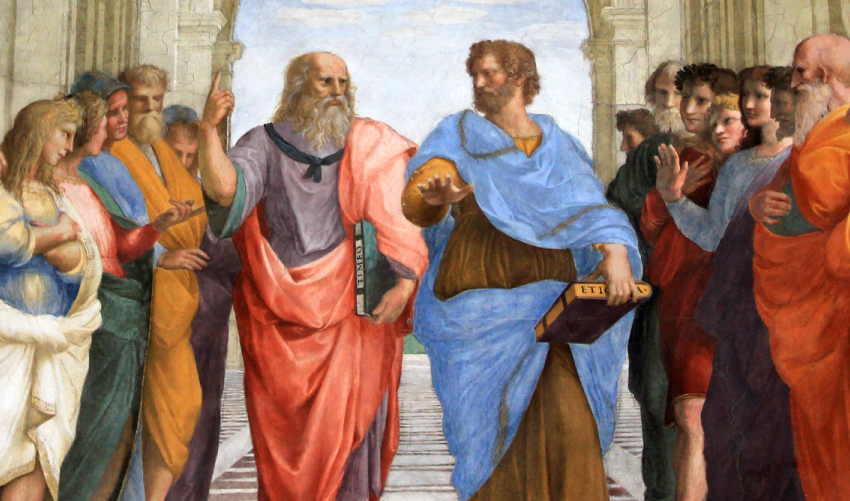How Do We Measure Memory?
There are three basic methods for testing memory:
(i) Recognition (ii) Recall, and (iii) Relearning:
(i) Recognition:
In this method of measurement we are given an array of possible answers from which we are asked to choose the right one. The answers are given rules to our memory that help us to recognize the right answer. True – false and multiple – choice items are the test of our recognition. Obviously this task is easier than recall since we are given the answers. The only task we have to perform is deciding whether the right answer is there in our memory as a copy of information among many.
(ii) Recall:
This is the real test of one’s memory as we have to rake out, say pull out from our memory the information ourselves. The prevailing essay-type test is a test of recall. The reason why the recall is harder than recognition is that we have to go through two steps – generating possible answers from our memory and identifying them as the exact answers. There are two types of recall test. In free recall we can recall the material in any order whereas in serial recall we have to recall it in a particular sequence, the order in which it was originally presented. We may be shown twelve nonsense syllables and be asked to recall them by either free or serial recall.
(iii) Relearning:
We also call this test as The Saving Method. When an already learnt material is asked to relearn after a sufficient interval, the subject takes less time and trials lo relearn it. As this time the subject has saved time and effort, we call it also the saving method. This technique attempts to measure the amount of time we save in learning the material we had already learned at some earlier time. It is easier to prepare for a comprehensive final examination if we have already’ learnt the material earlier in semester tests. But for experimental and research purpose the method is more time consuming.

What Do We Remember?
The answer is we remember meaningful, well organized information best. There are some more characteristics of well – remembered material.
(i) We remember best what we learn first and last. This is demonstrated in the Serial Position curve. While meeting many people at a social gathering we have a tendency to remember the first whom we met as well as the last one. This phenomenon incorporates the effects of primacy and regency as regards the first experience and the last one respectively.
(ii) We remember best the unusual: the Vonkestorff Effect Among the persons we met or shook hand someone, who had a difficult name to pronounce the one who was outstanding, distinctive or famous – or otherwise too interesting, will be remembered. This phenomenon is named after the psychologist who first presented it.
(iii) We remember best what we learn in a similar mood: State – It dependent memory; as referred to.
In the case of Robert Kennedy’s assassin, Sirhan Sirhan Gordon: Bower’ (1981) reports that Sirhan had no murder, of the murder, until under hypnosis1 he reached the same frenzied state in which he shot Kennedy and then re – enacted the crime. This illustrates a relationship between the mood and the crime. Bower has termed it as state of dependent memory. It is also demonstrated in much less extreme examples of circumstances. When feeling sad, it is easier to remember the memories formed during another sad time in our life and harder to remember what we learned in happier moods.
(iv) We remember best the emotionally significant events flashbulb memories.
Brown and Kulik (1977) have termed this kind of recollection as flashbulb memory. It is as if our nervous system took multimedia snapshots of the sounds, sights, weather, smell, emotional climate and even- the bodily postures we experience at certain moments (Benderly, 1982).
There may be much of subjective elaboration and filling in the gaps but still emotional significant memories are more vivid. Ask the senior citizens about the occasion of the demise of the Father of the Nation, the 1965 war memories or about 1971 Dacca events many will come out with most vivid, detailed memories.
Author Bio:
Austin Richard is an IT professional from Selftesttraining. He likes to write for different blogs on different interesting topics. He is E20-533 exam qualified.


















